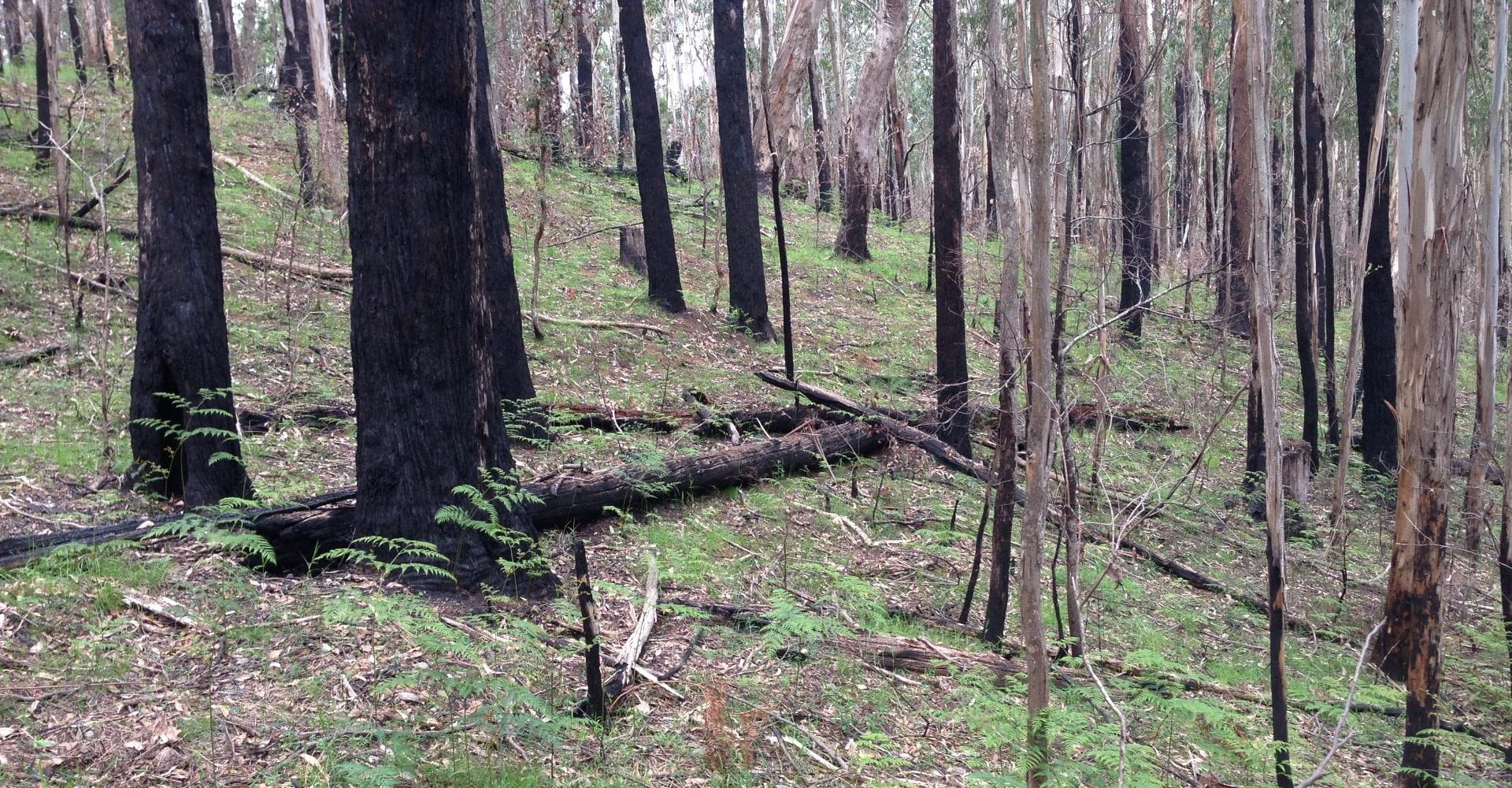
Prescribed fire and forest biodiversity
Fred Rainsford and team have a new paper on prescribed fire and forest biodiversity. Out now in Ecological Applications.
Fred used a field study to examine the effects of prescribed fire on birds and plants across a 36-year post‐fire chronosequence in a temperate dry forest ecosystem in south‐eastern Australia.
So, how does prescribed fire influence individual species, functional groups of species, and the composition of communities?
Read the Abstract below and email Fred for a full copy of the paper.
Abstract. To mitigate the impact of severe wildfire on human society and the environment, prescribed fire is widely used in forest ecosystems to reduce fuel loads and limit fire spread. To avoid detrimental effects on conservation values, it is imperative to understand how prescribed fire affects taxa having a range of different adaptations to disturbance. Such studies will have greatest benefit if they extend beyond short‐term impacts of burning. We used a field study to examine the effects of prescribed fire on birds and plants across a 36‐year post‐fire chronosequence in a temperate dry forest ecosystem in south‐eastern Australia, and by making comparison with long‐unburnt reference sites (79 years since wildfire). We modelled changes in the relative abundance of 22 bird species and the cover of 39 plant species, and examined how individual species, functional groups, species richness and community composition differed between sites with different fire history. For most individual bird and plant species modelled, relative abundance or cover at sites subject to prescribed fire did not change significantly with time since fire or differ from that of long‐unburnt vegetation. When bird species were pooled into functional groups, time since prescribed fire had strong effects on birds that forage in the lower‐midstorey, facultative‐resprouting shrubs and obligate‐seeding shrubs. Species richness for both taxa did not differ between sites subject to prescribed fire and those in long‐unburnt vegetation. Bird communities varied significantly between the youngest (0‐3 years) and oldest (79 years) post‐fire age‐classes, driven by species associated with understorey vegetation. Plant community composition showed little evidence of a post‐fire successional trajectory. The prevalence of bird species with broad habitat and dietary niches and plant regeneration through resprouting, make bird and plant communities in these forests relatively resilient to small and patchy prescribed fires they have experienced to date. Application of prescribed fire will be most compatible with maintaining biodiversity by taking a landscape approach that: 1) plans for a geographic spread of stands with a range of between‐prescribed‐fire intervals to ensure provision of suitable habitat for all taxa, and 2) avoids burning in moist gullies to maintain their value as fire refuges.
Categories
- Uncategorised